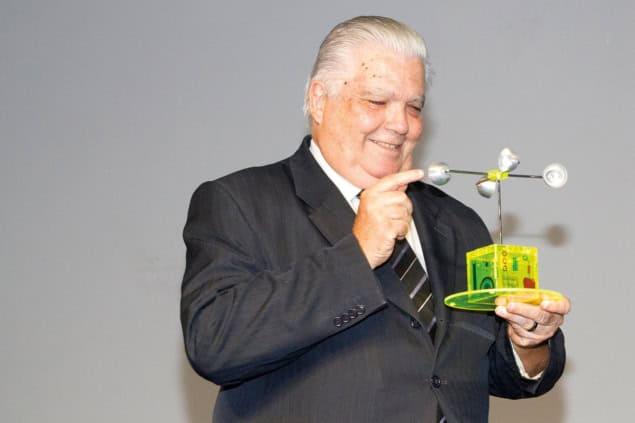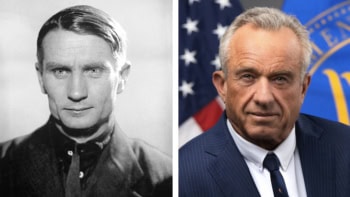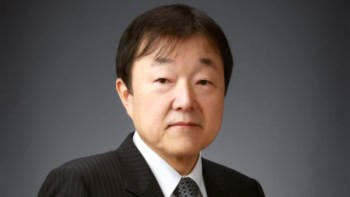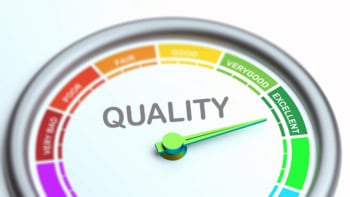Marco Antonio Raupp, the mathematical physicist who is now Brazil’s minister of science, technology and innovation, talks to Physics World about the challenges and opportunities for Brazilian research

What is your top priority for science funding?
Broadly speaking, organized science in Brazil began about 50 years ago; that is, we have been doing science for a relatively short time. On the other hand, Brazil is a huge country with enormous challenges, many of which demand the contribution of science. Thus we not only have to “make ends meet”, but also meet the needs of basic research, and those of technological development and innovation.
Brazilian science has to be developed as a whole, implying that all areas of knowledge need funding. Of course, there are always specific priority needs, such as a few large research infrastructure projects. One such project is the construction of the Brazilian Multipurpose Reactor, which is designed to enhance the country’s capacity for producing radiopharmaceuticals and training people for nuclear research for peaceful uses. Another large project is the new Sirius synchrotron light ring, which will be among the largest in the world and let Brazil leap forward in materials research. A third project is to set up an ocean research institute, which includes buying a modern oceanographic research vessel. These projects will all be open to researchers from academia and industry.
How much is Brazil investing in research?
The most recent data available refer to 2011, when federal funding was R$17.8bn ($7.6bn) and state funding was R$8.6bn – totalling R$26.4bn of public investment in R&D. Companies, both public and private, spent R$23.6bn, bringing the overall total up to R$50bn. R&D spending in 2011 was 14.5% higher than the previous year, which in turn was 15.5% up on 2009. In fact, from 2000 to 2011 Brazilian investment in R&D quadrupled. Of course, we would like this growth to have been bigger, but considering the country’s general conditions and its needs in other vital areas such as basic education and health, R&D investments have been evolving satisfactorily.
What is the biggest challenge for Brazil’s scientific community?
Over the last 50 years – supported by public funding – the Brazilian scientific community set up and organized, starting from a very small base, a science and technology (S&T) system of considerable size and complexity. Brazil now has 235,000 active researchers and, according to the Scopus database, they published 53,083 scientific articles in international journals in 2012, amounting to 2.45% of the world’s total. In 1990, in contrast, they published just 3539 articles internationally, or 0.63% of the total. Meanwhile, in 2012, some 12,217 PhD students graduated – more than twice that of a decade earlier. As you can appreciate, these figures show a significant growth over a relatively short time and the challenge now is to improve the quality of those people to increase the impact of Brazil on world science. Another challenge is to enlarge the S&T system, which is today predominantly academic, so that it can reach the business sector. We have already learned to do S&T in universities and research institutes – we now need companies to also engage in R&D to enhance their competitiveness.
How are you improving the international impact of Brazilian research?
I believe this must come as the result of a sustained process – in other words, it is the evolution of the system as a whole that will result in greater international impact of Brazilian research. In this sense, one can see a series of developments under way, progressing year after year: number of PhD graduates; fellowships for Brazilian researchers to go abroad; foreign researchers in Brazil; publication of scientific articles by Brazilian researchers in international journals; and so on. An important recent step taken by the Brazilian government was to create the “Science without Borders” programme, which by 2015 will have offered 100,000 fellowships for Brazilian students and young researchers to go abroad. Brazilian research institutions are also increasingly incorporating an international dimension to their activities. In short, the Brazilian scientific community is aware of the need to deploy greater participation in the world science scene and has been acting accordingly.
How will you ensure research spending drives innovation and economic growth?
By sound government policy and the involvement of the scientific community. Until the second half of the 20th century, Brazilian S&T was generally confined to academia, mostly because industrial development between the 1950s and 1970s tended to rely on foreign technology, leaving no “cross talk” between S&T. Nevertheless, through the concerted effort of public companies and universities, Brazil managed to achieve some important technological results in strategic developmental areas, such as technologies for offshore oil and gas production, aircraft manufacturing, and a very competitive agribusiness.
There is now, though, a clear awareness that S&T makes a vigorous contribution to Brazil’s economic development. Towards this end, a legal framework is being built for science and technology, at the centre of which is the 2004 Innovation Law. Federal and state governments, meanwhile, have established a number of programmes for promoting and financing research, development and innovation activities.
At the same time, a new rapport is developing between industrial and S&T policies. This is officially reflected in the acknowledgment – embodied in President Dilma Rousseff’s government policies – that science, technology and innovation are the thrust of sustainable development, whether in economic, social or environmental terms. At the same time, our researchers and research institutions are fully aware of the importance of carrying out projects in partnership with private companies.



